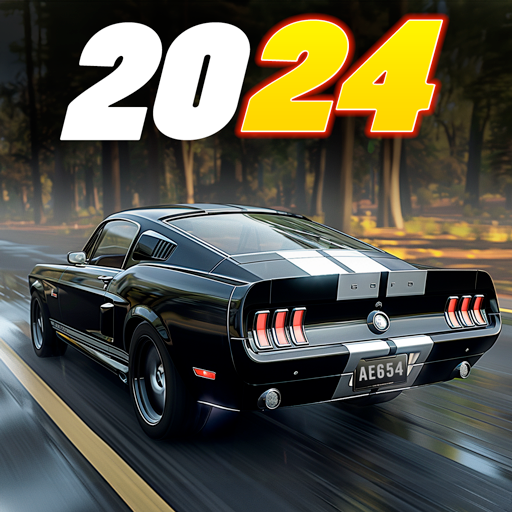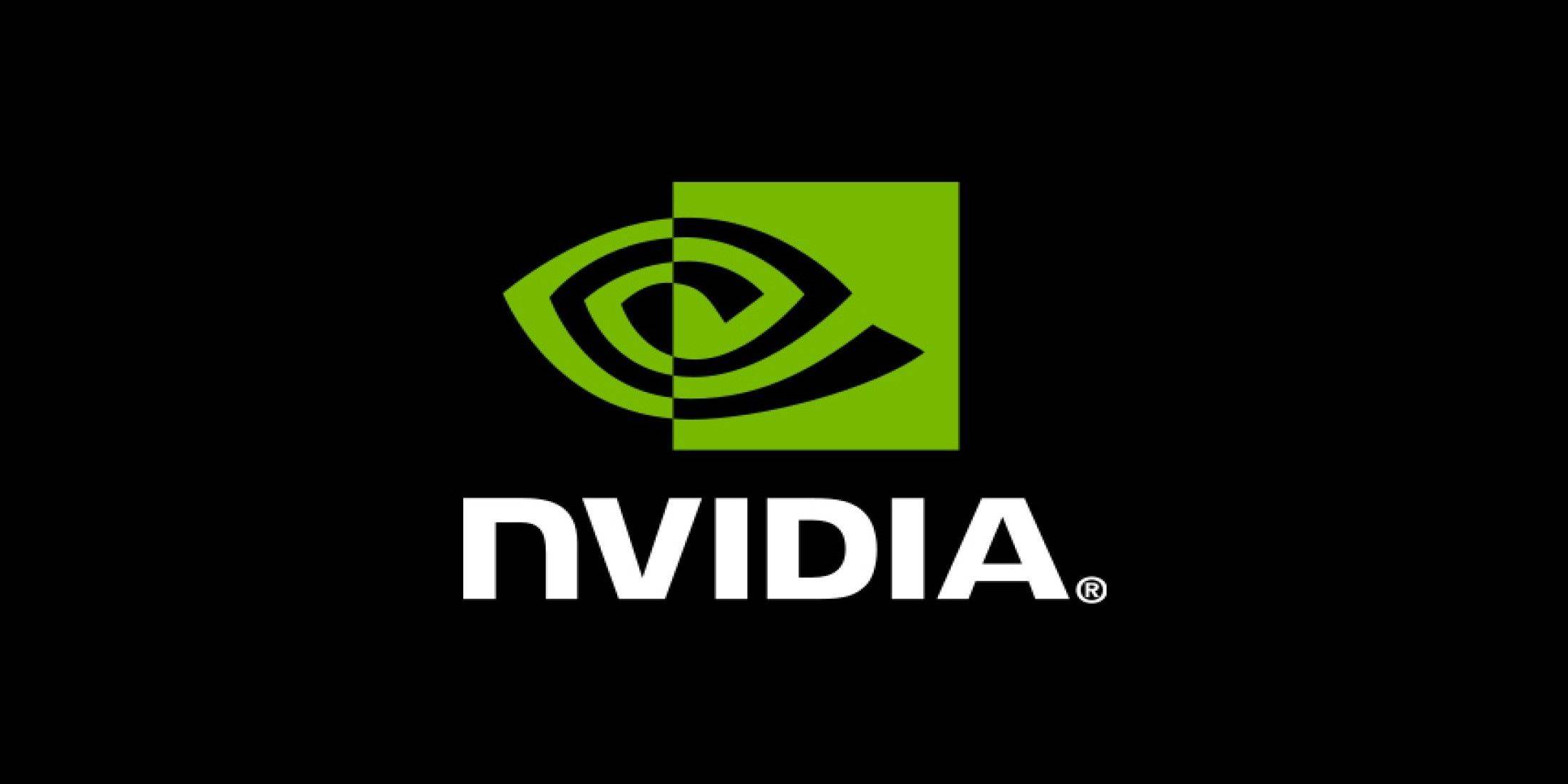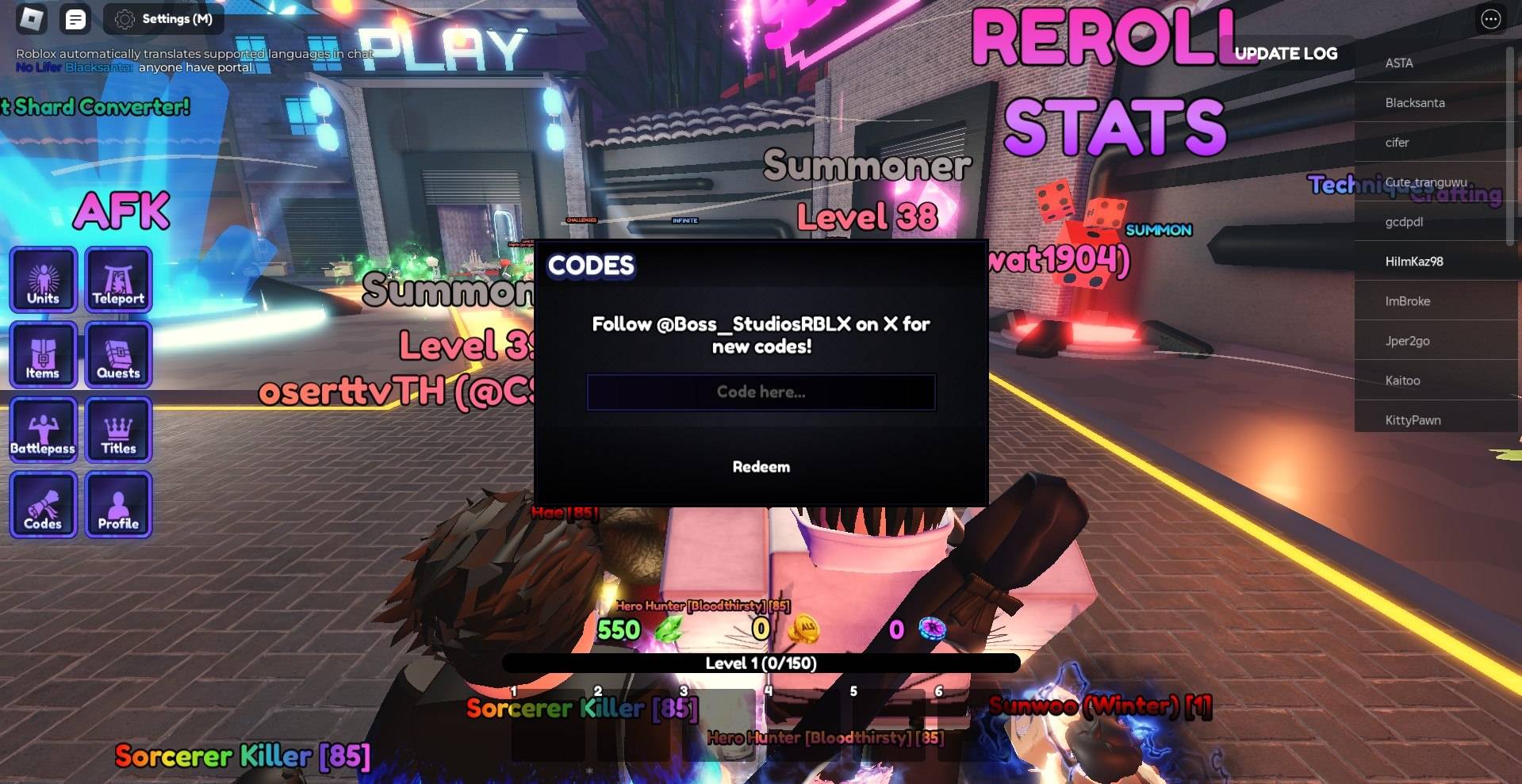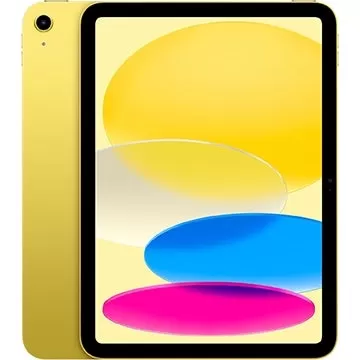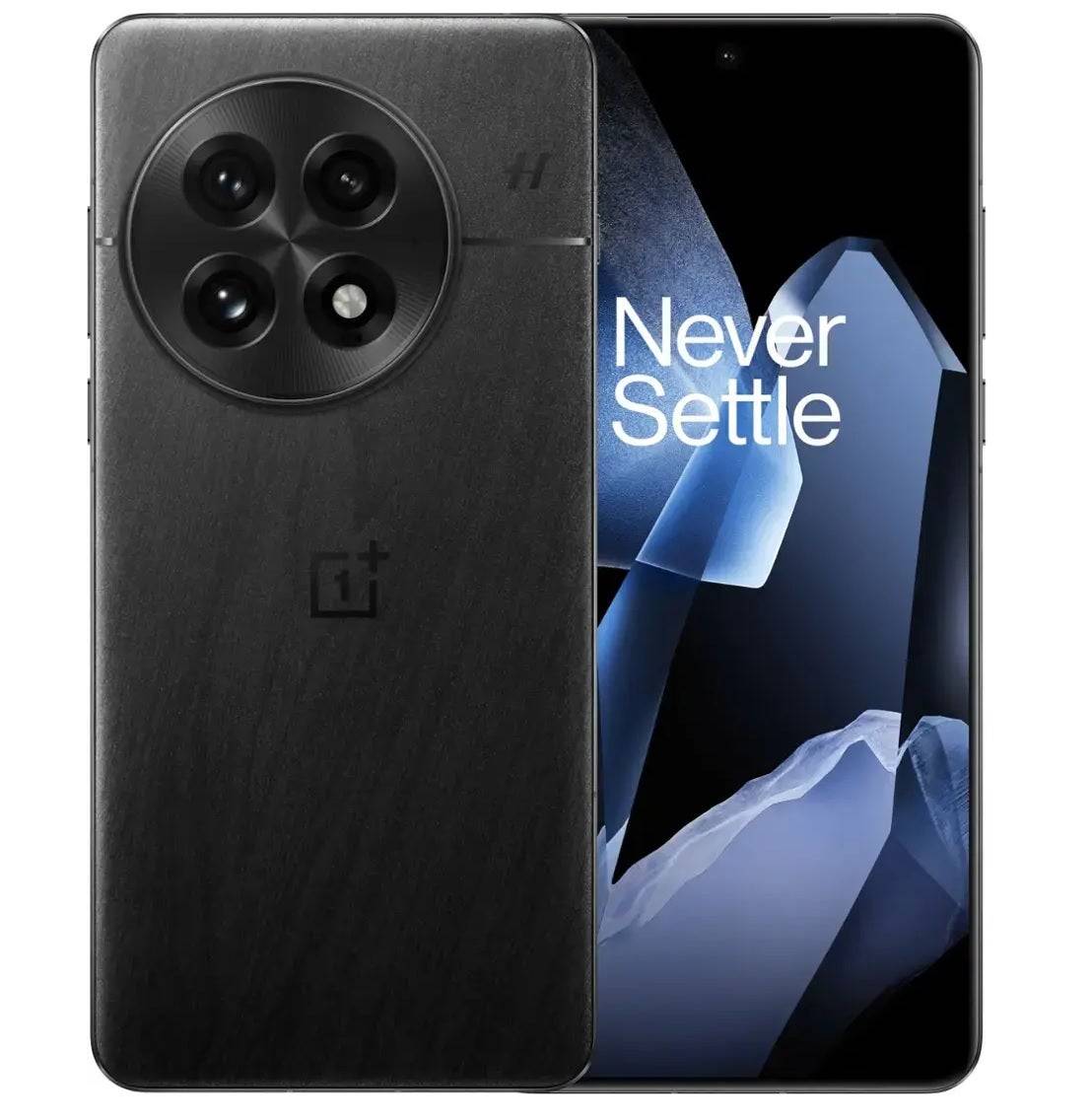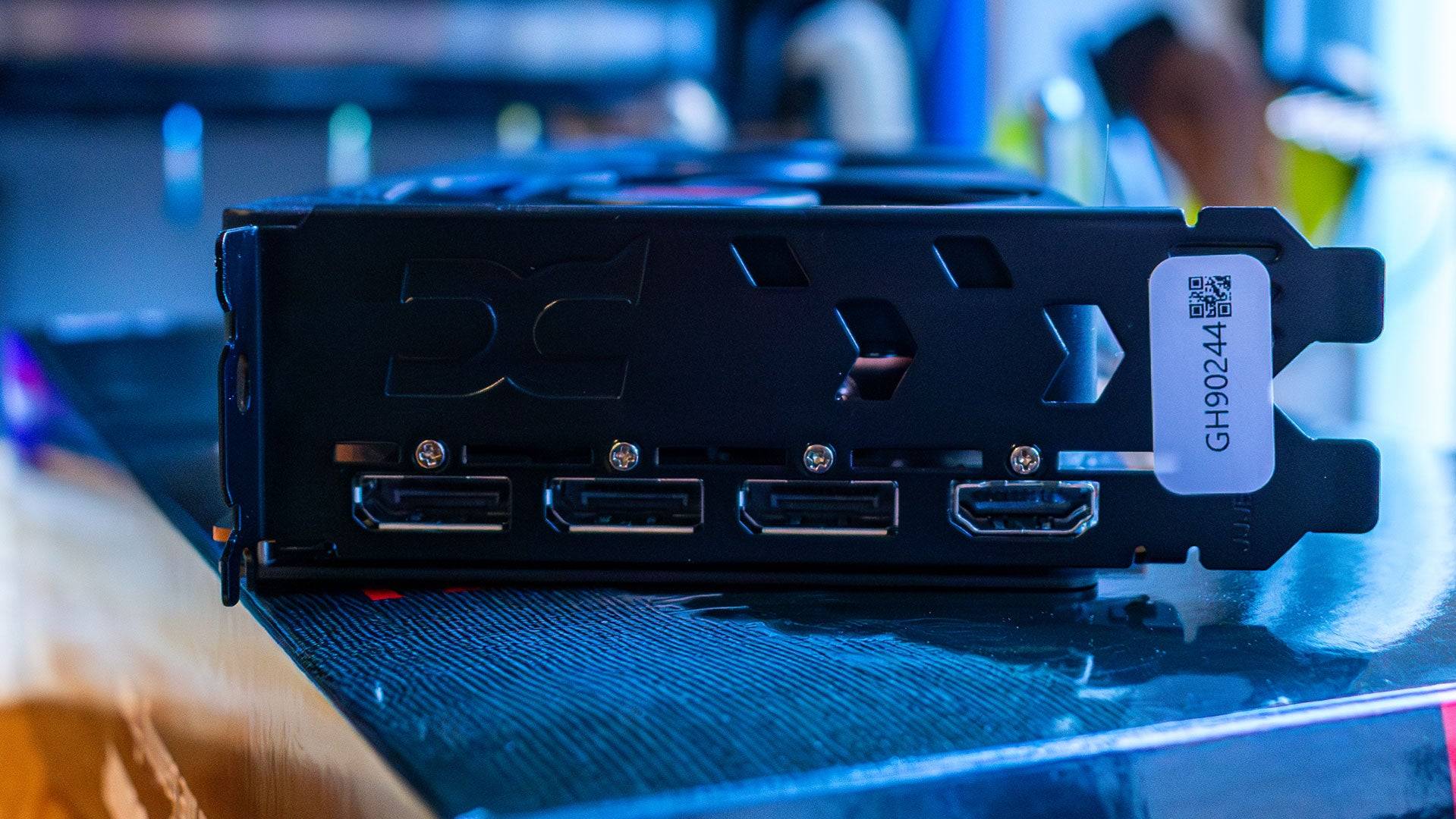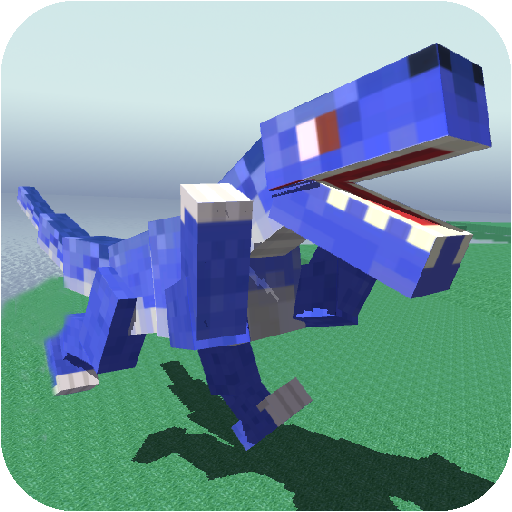AMD Radeon RX 9070 Review
The AMD Radeon RX 9070 enters the market at a peculiar time for graphics cards. With Nvidia's latest generation just launched, the Radeon RX 9070, priced at $549, directly competes with the underwhelming GeForce RTX 5070. In this head-to-head, AMD's new offering emerges as the clear winner, making it the go-to choice for 1440p gaming enthusiasts. However, the decision isn't as straightforward as it seems, primarily due to AMD's own pricing strategy. The Radeon RX 9070 is only $50 less than the superior Radeon RX 9070 XT. While the 9070 is about 8% slower and 9% cheaper than the 9070 XT, the small price difference might push buyers towards the XT for its better performance. Nonetheless, when choosing between these two AMD options, Team Red's prospects look promising.
Purchasing Guide
The AMD Radeon RX 9070 is set to launch on March 6, starting at $549. However, expect various models to be priced higher. For the best value, aim to purchase a model as close to the starting price as possible, especially considering its proximity to the Radeon RX 9070 XT's price point.
AMD Radeon RX 9070 – Photos
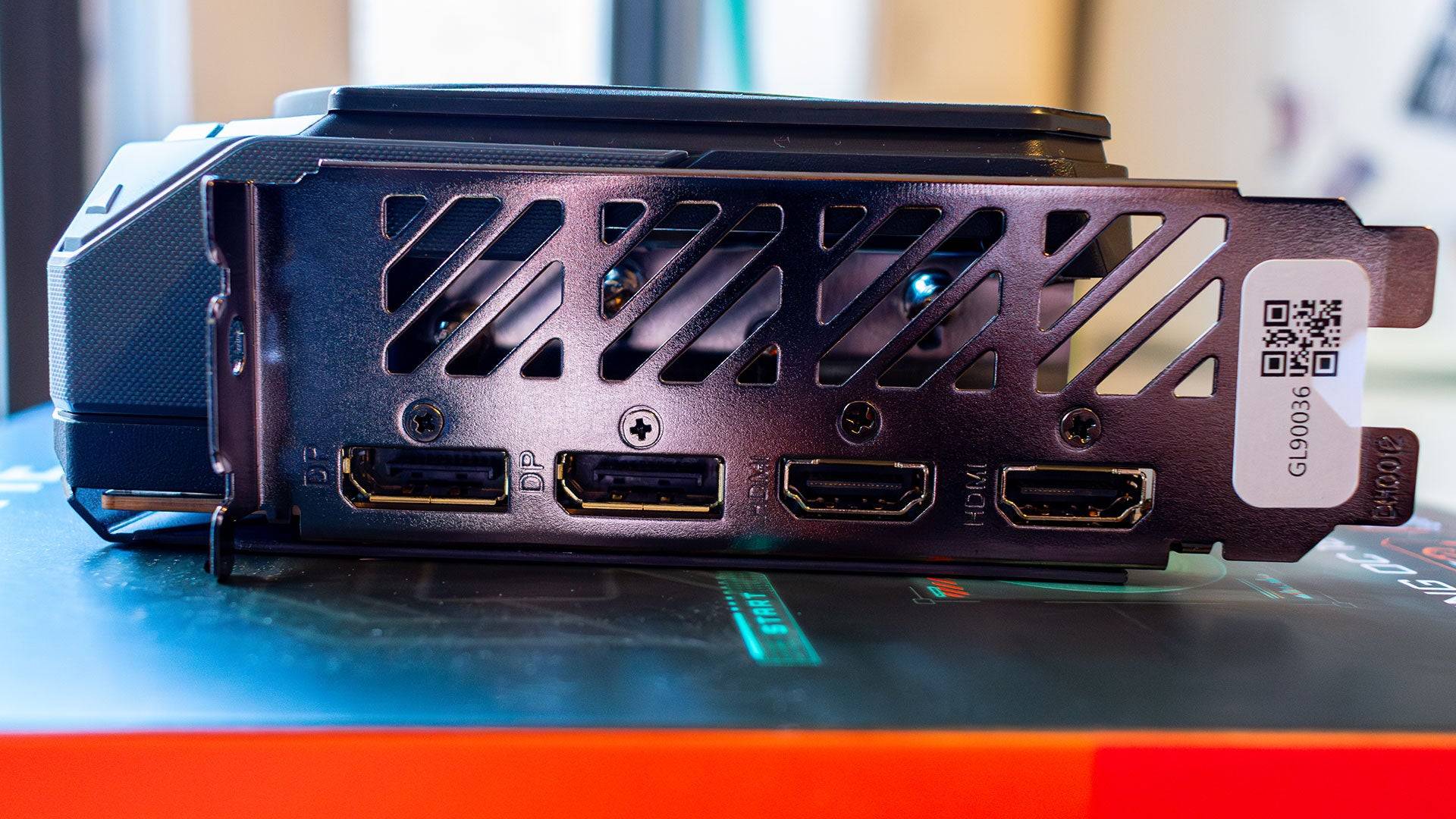
 4 Images
4 Images
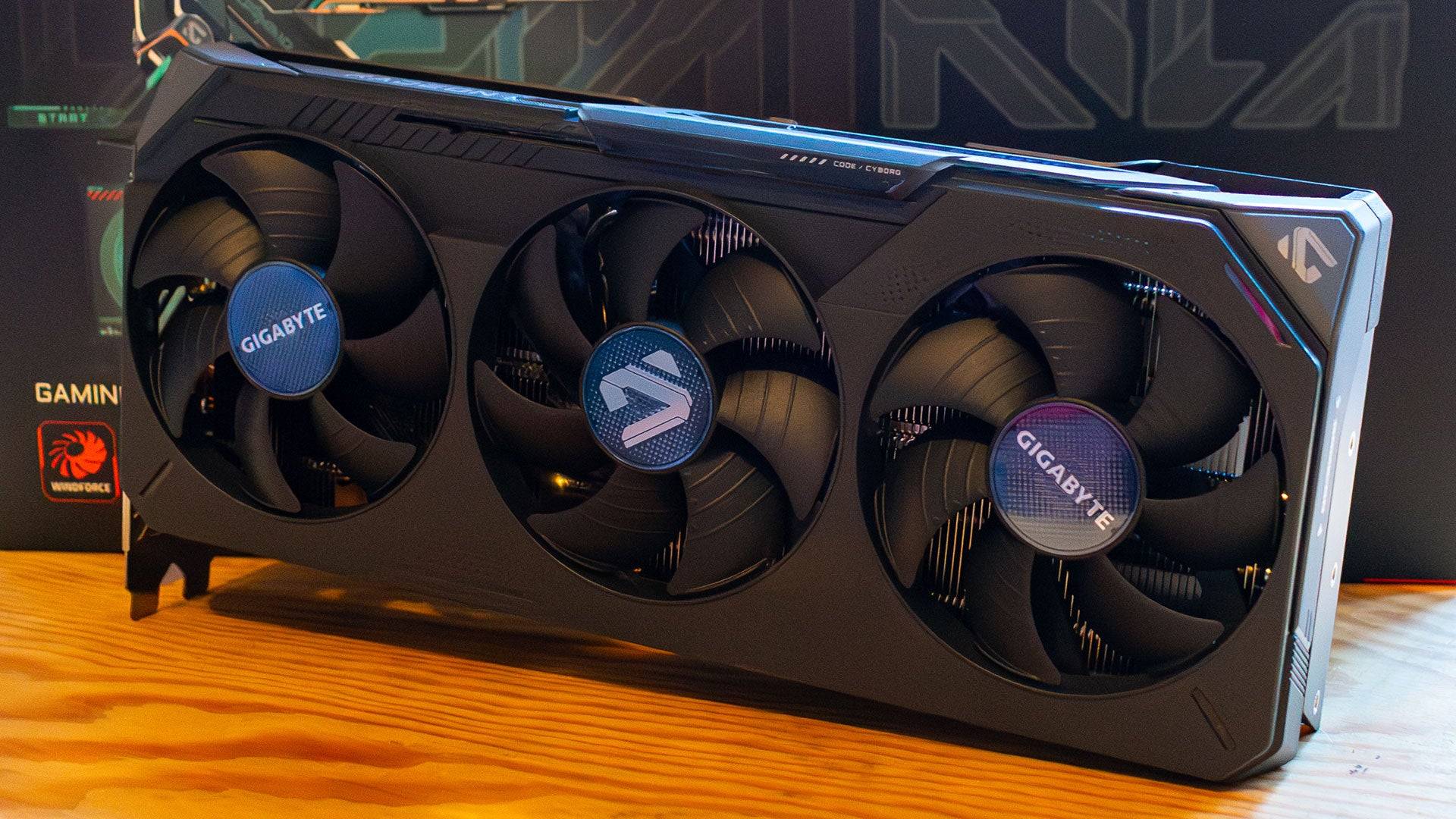
Specs and Features
Like its sibling, the Radeon RX 9070 XT, the RX 9070 leverages the new RDNA 4 graphics architecture, which significantly boosts performance. Despite having 30% fewer compute units, the 9070 outperforms the last-gen Radeon RX 7900 GRE. It boasts 56 Compute Units, each with 64 Streaming Multiprocessors (SMs), totaling 3,584 shaders. Additionally, each compute unit includes one Ray Accelerator and two AI Accelerators, summing up to 56 and 112, respectively. These enhancements enable the RX 9070 to excel in ray tracing and introduce AMD's FidelityFX Super Resolution (FSR) 4, marking the debut of AI upscaling on AMD GPUs.
The RX 9070 comes equipped with 16GB of GDDR6 VRAM on a 256-bit bus, mirroring the 7900 GRE's memory setup, which is sufficient for 1440p gaming for years to come. Although GDDR7, as used by Nvidia, would have been preferable, it likely would have increased the price. AMD suggests a minimum 550W power supply for the RX 9070, which has a 220W power budget. My tests showed a peak consumption of 249W, suggesting a 600W PSU for safety.
Notably, AMD isn't releasing a reference design for the RX 9070, leaving production to third-party board manufacturers. I tested the Gigabyte Radeon RX 9070 Gaming OC 16G, a triple-slot card with a slight factory overclock.

FSR4
Since the advent of DLSS in 2018, AI upscaling has been a game-changer for performance and image quality, predominantly on Nvidia GPUs. FSR 4 changes the game by bringing AI upscaling to AMD GPUs. It uses previous frames and in-game data to upscale lower resolution images to native resolution, improving upon FSR 3's temporal upscaling by reducing artifacts like ghosting. However, FSR 4 incurs a slight performance hit compared to FSR 3. For example, in Call of Duty: Black Ops 6 at 1440p on the Extreme preset, FSR 3 yields 165 fps, while FSR 4 drops to 159 fps. Similarly, in Monster Hunter Wilds at 4K with ray tracing, the RX 9070 achieves 81 fps with FSR 3, but 76 fps with FSR 4. The Adrenalin software allows users to toggle between FSR 3 and FSR 4, choosing between better image quality or slightly higher performance based on their gaming needs.
AMD Radeon RX 9070 XT & 9070 – Benchmarks

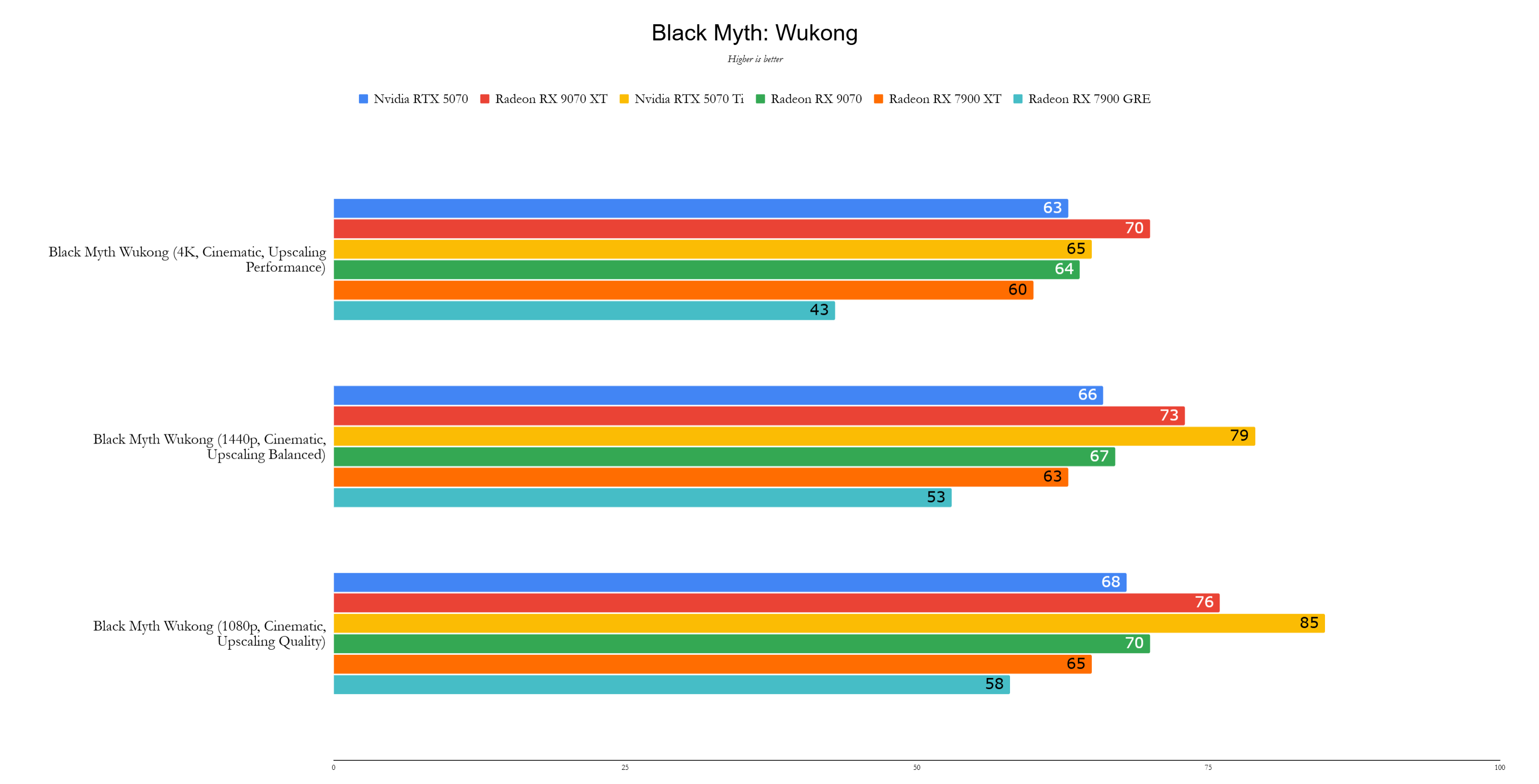 11 Images
11 Images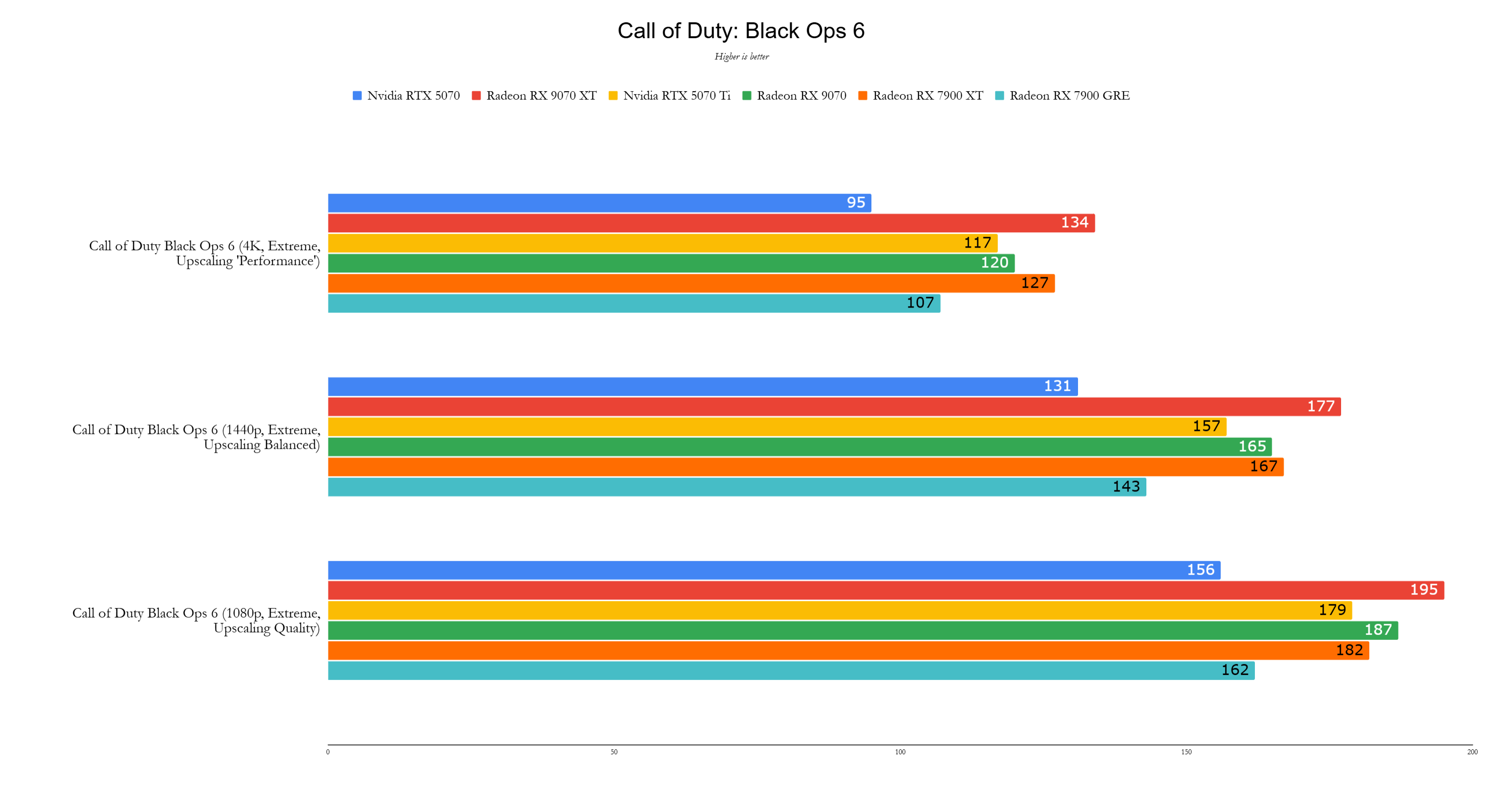
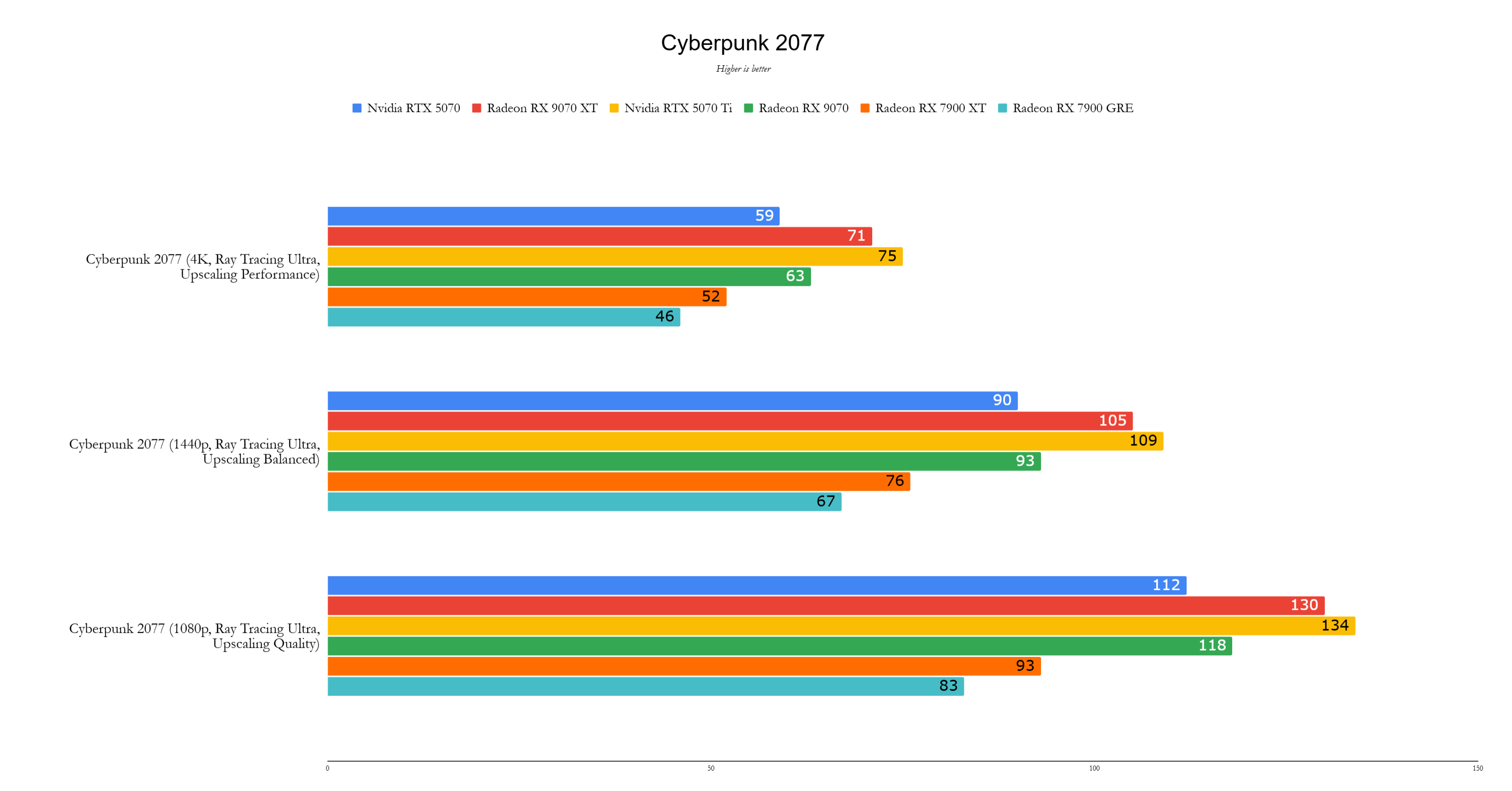

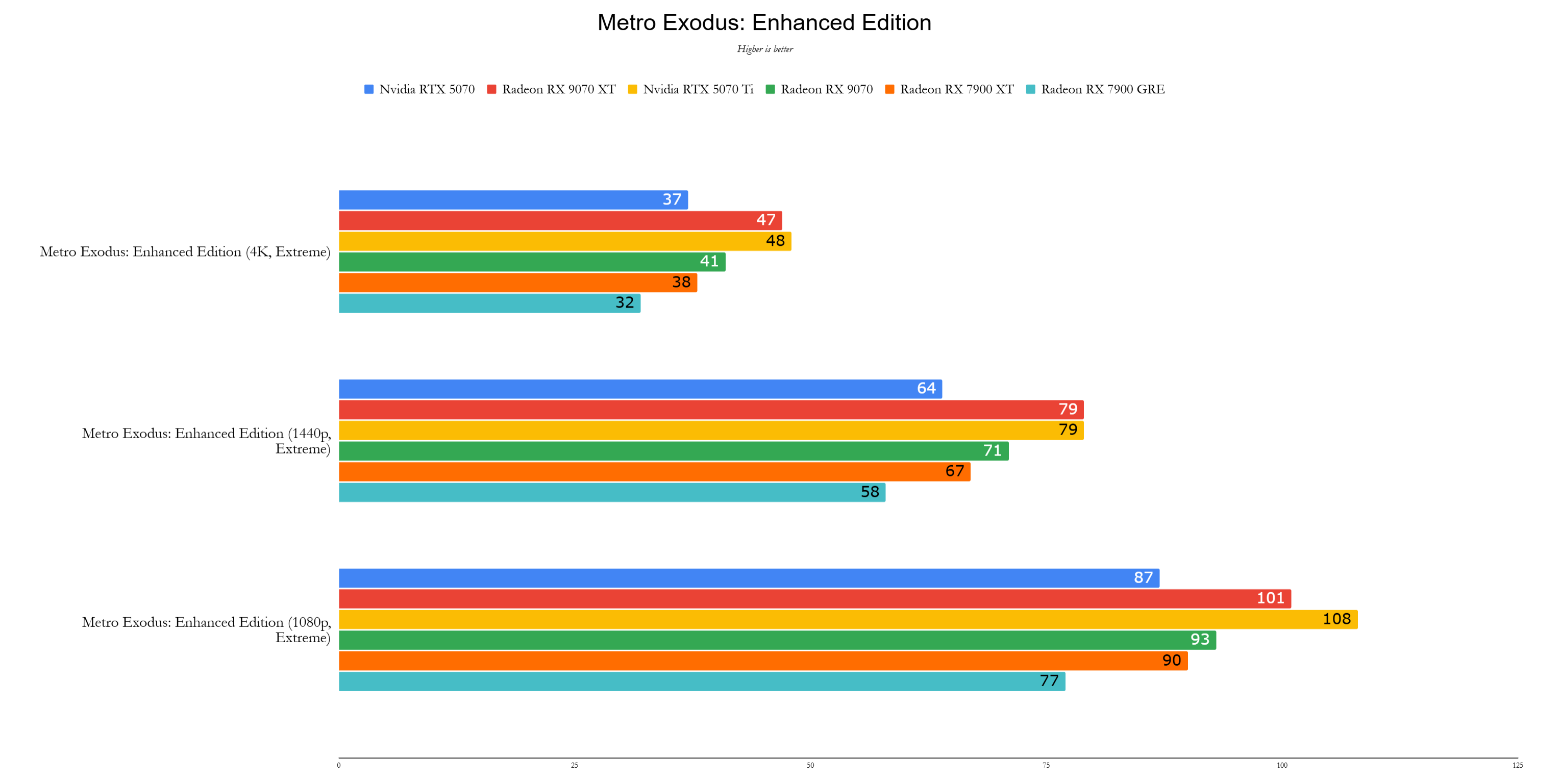
Performance
Priced at $549, the AMD Radeon RX 9070 outperforms the Nvidia GeForce RTX 5070 in most scenarios. At 1440p, it's on average 12% faster than the RTX 5070 and 22% faster than its predecessor, the RX 7900 GRE, despite having 30% fewer cores. My test unit was a factory overclocked Gigabyte Radeon RX 9070 Gaming OC, with a reported boost clock of 2,700Mhz, which should increase frame rates by about 4-5%.
All tests were conducted using the latest public drivers at the time of writing: Nvidia's Game Ready driver 572.60 and AMD's Adrenalin 24.12.1, with review drivers provided for the RX 9070, 9070 XT, and RTX 5070.
In 3DMark, the RX 9070 scores 5,828 points in the Speed Way test with ray tracing, nearly matching the RTX 5070's 5,845 points. Without ray tracing in Steel Nomad, the RX 9070 significantly outperforms the RTX 5070, scoring 6,050 to 5,034 points.
Test System
- CPU: AMD Ryzen 7 9800X3D
- Motherboard: Asus ROG Crosshair X870E Hero
- RAM: 32GB G.Skill Trident Z5 Neo @ 6,000MHz
- SSD: 4TB Samsung 990 Pro
- CPU Cooler: Asus ROG Ryujin III 360
In Call of Duty: Black Ops 6 at 1440p with FSR 3 set to Balanced, the RX 9070 achieves 165 fps, surpassing the RTX 5070's 131 fps and the RX 7900 GRE's 143 fps. In Cyberpunk 2077 at 1440p with Ray Tracing Ultra, the RX 9070 edges out the RTX 5070 by 3%, a notable achievement in a game typically favoring Nvidia. Metro Exodus, tested without upscaling, sees the RX 9070 averaging 71 fps, compared to the RTX 5070's 64 fps.
Red Dead Redemption 2 using Vulkan at 1440p yields 142 fps for the RX 9070, significantly outperforming the RTX 5070's 115 fps. In Total War: Warhammer 3 at 1440p, the RX 9070 and RTX 5070 are neck and neck, with 135 fps and 134 fps, respectively. Assassin's Creed Mirage at 1440p with the Ultra preset and FSR set to Balanced sees the RX 9070 at 193 fps, compared to the RTX 5070's 163 fps. Black Myth Wukong at 1440p with the Cinematic preset results in a close race, with the RX 9070 at 67 fps and the RTX 5070 at 66 fps. Finally, in Forza Horizon 5 at 1440p, the RX 9070 averages 185 fps, outperforming the RTX 5070's 168 fps and the RX 7900 GRE's 152 fps.
The Radeon RX 9070's launch timing against the RTX 5070 plays to AMD's advantage. Both cards are priced at $549, but the RX 9070's superior performance and 16GB of VRAM make it a better long-term investment, despite the RTX 5070's use of GDDR7. With its enhanced performance and greater VRAM, the Radeon RX 9070 stands out as the superior choice for gamers seeking value and performance.
Related Articles
Latest Articles


![1xBet [Updated]](https://imgs.yx260.com/uploads/76/1719623227667f5e3be7616.jpg)


